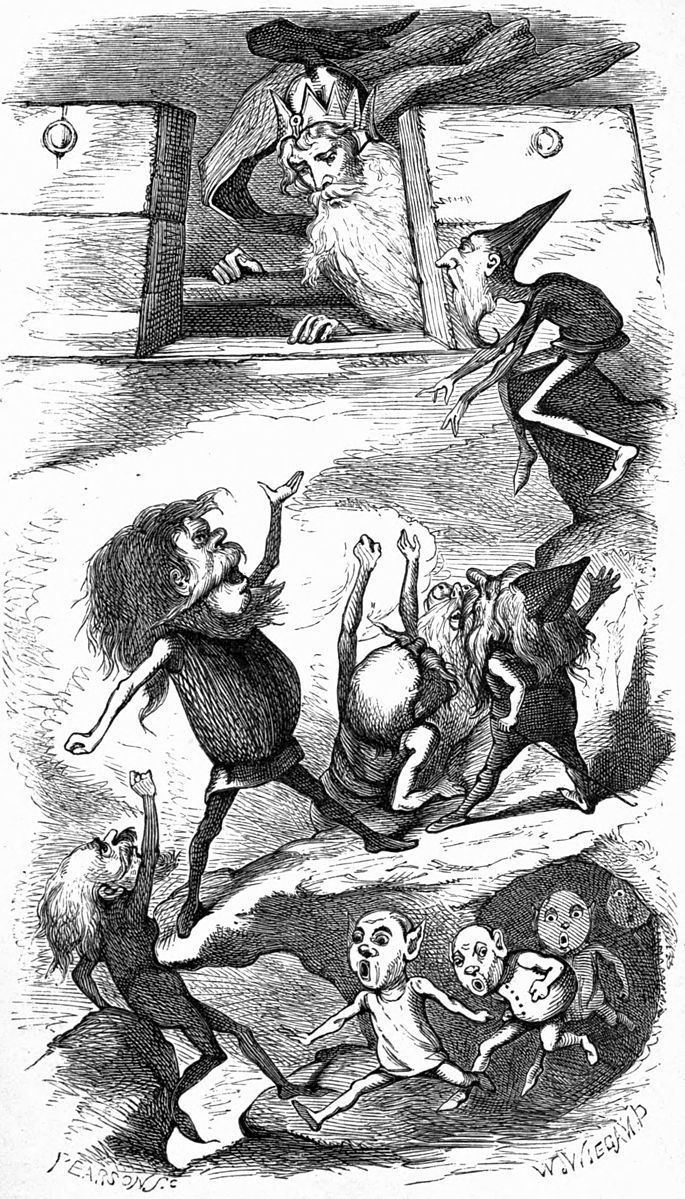Died Østfold, Norway Siblings Halfdan the Black | Parents Gudrød the Hunter Grandparent Halfdan the Mild | |
 | ||
Children Ragnvald Heidumhære, Gandalf Alfgeirsson Grandchildren Alfhild Gandolfsdatter, Helsing Gandolfsson, Hysing Gandolfsson, Haki Gandolfsson | ||
Olaf Gudrødsson, or as he was named after his death Olaf Geirstad-Alf, was a legendary Norwegian king of the House of Yngling from the Ynglinga saga. He was the son of Gudrød the Hunter and according to the late Heimskringla, the half-brother of Halfdan the Black. Gudrød and Olaf conquered a large part of Raumarike.
Contents
Ynglinga saga
In the Ynglinga saga portion of the Heimskringla, the king is reported to have died of a "disease in his foot" (fótarverkr) or gout, although the Flateyjarbók suggests the king succumbed to a plague epidemic.
The Ynglinga saga also inserts the following verse by Þjóðólfr of Hvinir (original author of the Ynglingatal):
Olaf Geirstad-Alf
Olaf was worshipped after his death as an "elf", and was called the Geirstad-alf (the "elf of Geirstad"). The account of this is recorded in the Þáttr Ólafs Geirstaða Alfs in the Flateyjarbók version of Óláfs saga helga, and continues with a fantastical story of how he became a drow (draugr) haunting his own howe (haugr, or grave-mound), but instructed to be destroyed so he can be reborn as Olaf the Saint.
According to this version, Olaf was carried away by a plague that subsided after his death. Olaf had instructed his people to build a howe and lay him to rest inside, forbidding them to worship him after his death seeking propitious boon. But as Olaf suspected, once the next famine arrived, "they resorted to the plan of sacrificing to King Olaf for plenty, and they called him Geirstaðaálfr".
Later, the spirit of Olaf appears in a dream to a man named Hrani, who is instructed to break into the howe, salvage the ring, with the sword named Besing (Bæsingr) and a belt which are to be presented to Queen Ásta for her future son. The man was also bidden to sever the head of the drow though making sure the head was set straight on its neck in the beheading process. The man does as instructed, and the queen gives birth to the future Olaf the Saint. Later on as Olaf the Saint is riding by the howe, one of his men remember him saying he had once been laid to rest there. The king vehemently denies this, saying his soul could not occupy two bodies. Davidson suggest the notion of rebirth is communicated here. At any rate, Olaf the Saint is thought to be eponymously named after Olaf Geirstad-Alf.
That the king came to be called an "elf" should not be taken too literally. Vigfusson and Powell discusses Olaf's rite and other example under the topical heading of "Ancestor Worship" and notes that in these instances, "the dead were called 'Elves'". H. R. E. Davidson gives a more extensive summary under the chapter "The Cult of the Dead", and notes that as for the animated corpse that he had become inside his grave-mound, "the usual word for him is draugr".
A current hypothesis identifies Geirstad with Gjerstad near Gokstadhaugen and links Olaf's burial with the Gokstad Ship. This theory is unproven at present.
